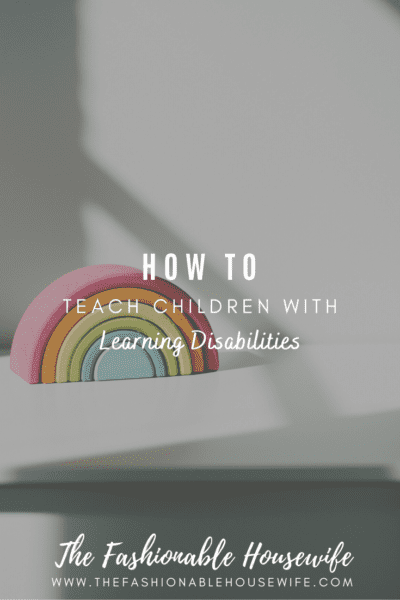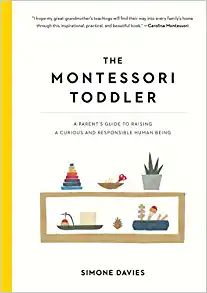
Teaching children is tough at the best of times, but for parents and teachers who have the task of educating those with learning difficulties, then the challenge intensifies. This of course, is not the child’s fault, but instead an issue with their brain that makes learning more difficult and certain things hard to grasp.
Learning difficulties can range in style and severity, with some common examples being dyslexia, which makes it hard to read and write, ADHD, which severely reduces a person’s ability to concentrate, as well as autism, which affects the brain in many different ways, but there are also many other types of disabilities that teachers need to be aware of.
Despite the difficulties, educating a child with learning disabilities is not impossible, especially if you try some of these techniques and methods.
Try the Montessori Method

The Montessori method is a type of teaching style that was made popular by an Italian scholar of the same name – its main ethos is that children learn better through action and activity than through traditional means. It also means that instead of educating a child through instructions and lectures, the child is instead given tools to play with and to figure things out on their own. This creates a much stronger practical understanding that can be far more effective.
This method really suits those with learning disabilities of all types, because it decreases the need for reading from a textbook, and is also far more exciting and interesting to partake in, making it suitable for those with ADHD, dyslexia as well as autism. Parents can implement this method at home by getting various educational toys for their children to play with, or they can enroll their child at a Montessori school, which can be very beneficial as it will also help them to develop social skills with children their age.
You can also do Montessori at home with different Montessori toys and household items like a pikler triangle or a coin box.
Teach With Patience

It’s important to be patient with children of all types when you’re teaching, as you never know how quickly they’ll be able to grasp things, but it’s even more vital when teaching children living with disabilities. This is because you want to always be encouraging and supportive to keep the child motivated, as they’re most likely also going to feel frustrated with themselves if they’re struggling. Being patient with the children and allowing and even welcoming failure will also encourage the child to try new things and not be scared to think creatively to find solutions to the problems they’re facing. Understanding that every child learns at their own pace and not trying to make sure that everyone is learning at the same rate will make you a far better teacher for children with learning disabilities.
Highlight Strengths, Not Just Their Weakness

A learning disability should not define a child, so although it’s good to try and work through the issue and improve it, you should also make time to also focus on that child’s gifts, talents and other skills. This will not only help confidence but will also make sure that their skill is nurtured and that they develop an aspect of themselves that they can be proud of. So, if they’re a good or keen drawer, or love reading books, then encourage this. Not everything should focus on their learning disabilities.
To learn more about the Montessori Method, grab a copy of The Montessori Toddler!




